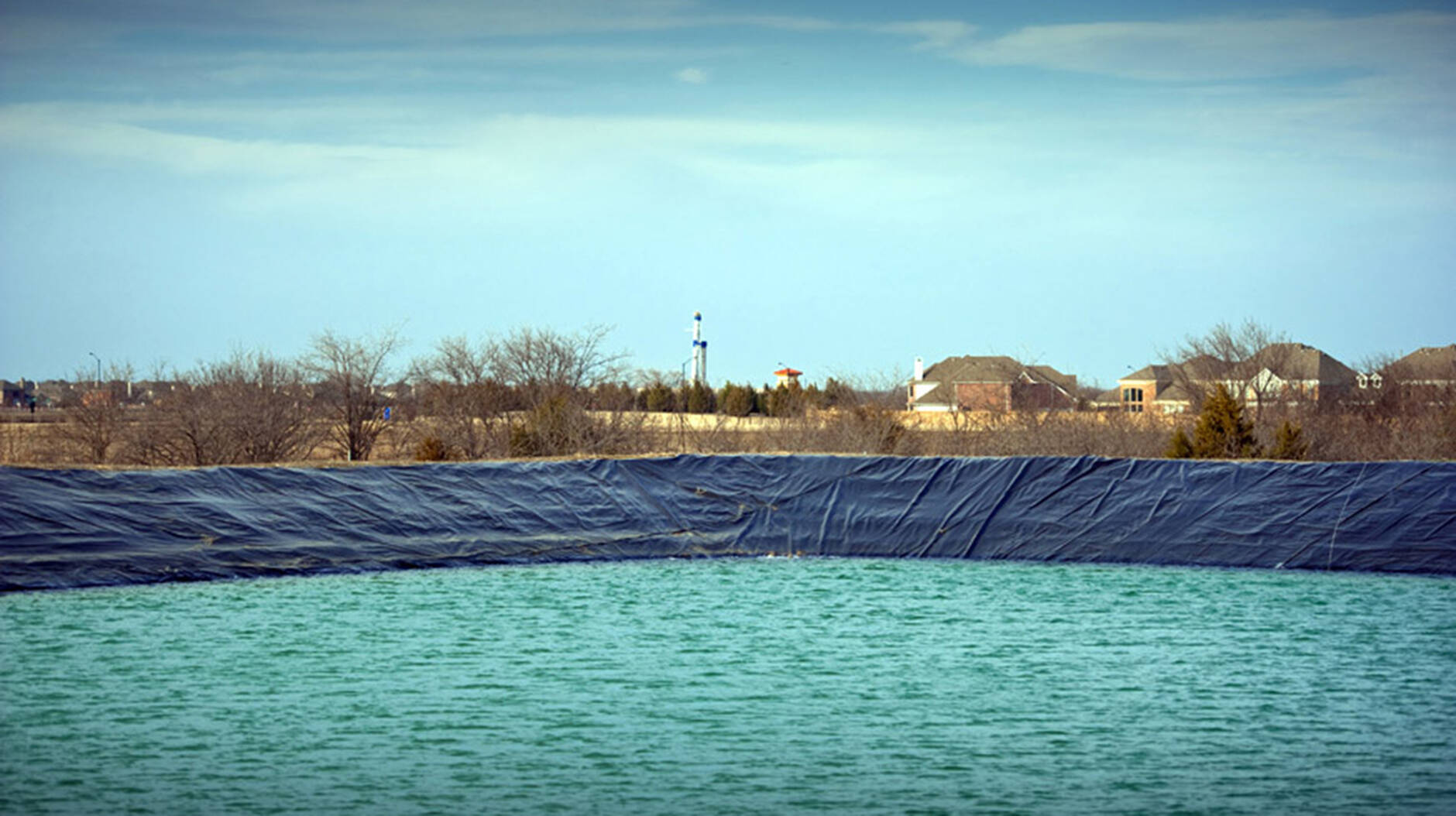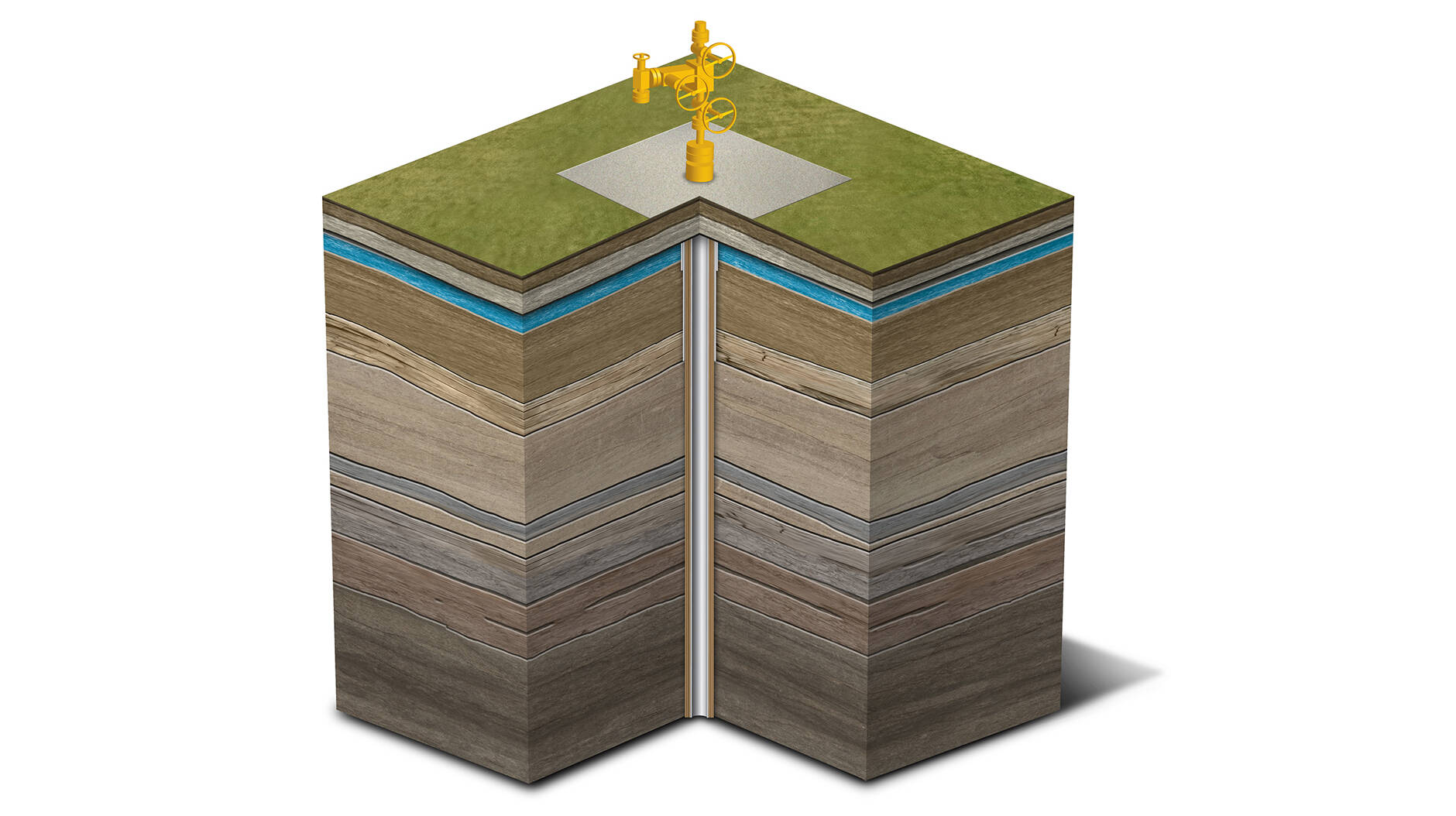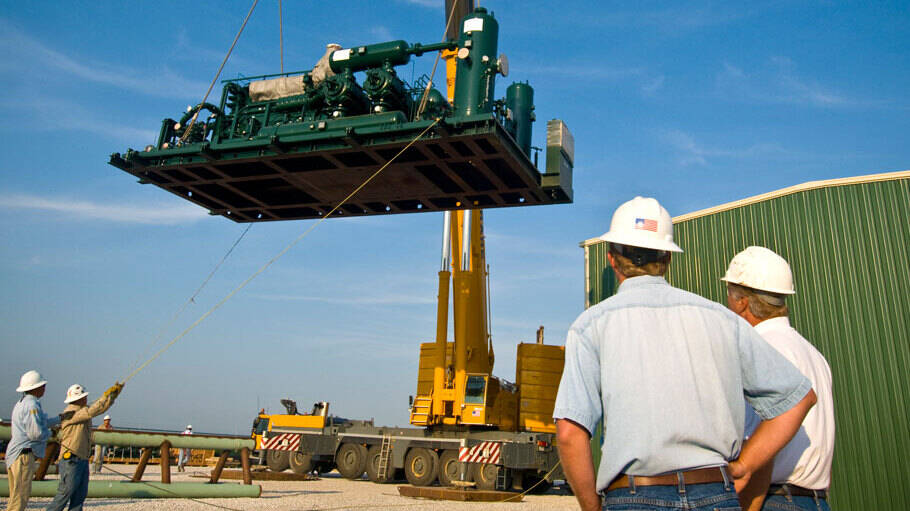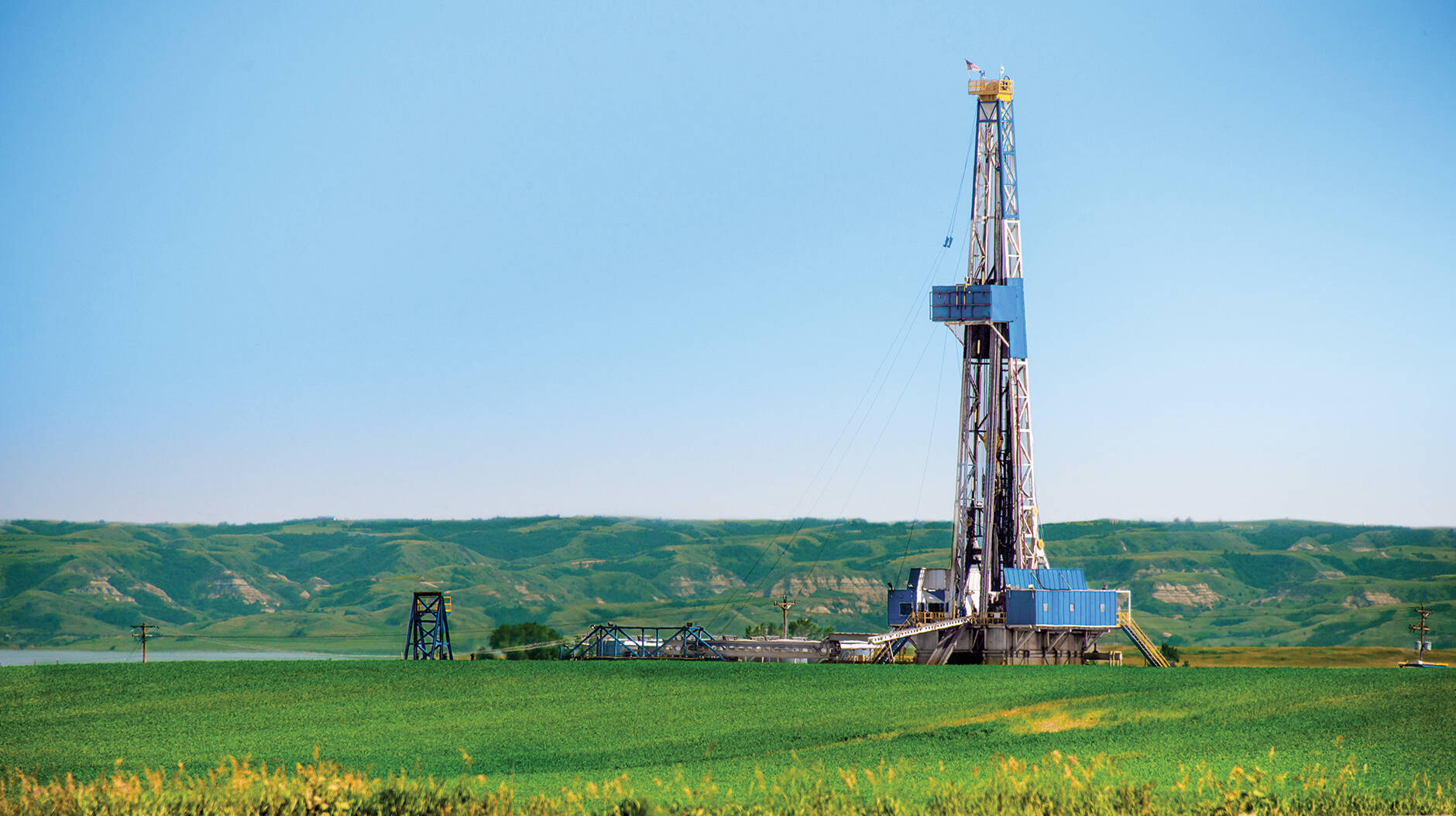selected item
Article
What are unconventional resources?
In unconventional oil and natural gas development, the oil and gas is found in low permeability reservoirs.
Article
Shale gas
Natural gas produced from shale reservoirs is known as shale gas.
Shale is one of the earth's most common sedimentary rocks. It is a fine-grain rock composed mainly of clay flakes and tiny fragments of other minerals. Shale can be a gas reservoir, but only formations with certain characteristics are viable for exploration.
Shale oil
There are two meanings of the term “shale oil.”
The first meaning of “shale oil” is tight oil contained in petroleum-bearing formations of low permeability, often shale or tight sandstone. Production from tight oil formations requires the same hydraulic fracturing process, and often uses the same horizontal well technology used in the production of shale gas.
The other meaning of "oil shale" refers to synthetic crude oil derived from oil shale rock fragments rich in kerogen. Kerogen oil is an abundant resource containing organic-rich matter that is the source material for petroleum. This form of oil shale is produced by pyrolysis, hydrogenation or thermal dissolution. These processes convert the organic matter within the rock (kerogen) into synthetic oil and gas.
Coal bed methane
Coal bed methane (CBM) is another form of unconventional gas, formed by the decomposition of organic material found in coal that is too deep or too poor quality for commercial mining.
Although occasionally found at shallow depths, CBM is often buried 1,000 to 2,000 meters underground. It is most often produced using vertical wells, although horizontal drilling is becoming increasingly common in some areas.
To extract the gas, water is pumped out of the coal seam to reduce the pressure that holds gas in the seam. CBM is not very soluble in water and easily separates from the coal seam as pressure decreases, allowing it to be piped out of the well separately from the water. The water removed during the depressurization process is then re-injected into the subsurface.
Related content

Benefits of natural gas and oil
Natural gas offers reliable, flexible power generation with significantly reduced CO2 emissions at a competitive price, making it a long-term solution to meeting the world’s future energy needs.
Article

Horizontal drilling
Article

Well construction and integrity
A properly designed and constructed oil and gas well is essential to protecting the water table and ensuring successful production.
Article

Phases of natural gas production
Before any wells are drilled, extensive surveillance is done to study the locations of the underground natural gas reservoir and the nature of the local topography, so as to ensure minimal impact of operations on the local community.
Article
